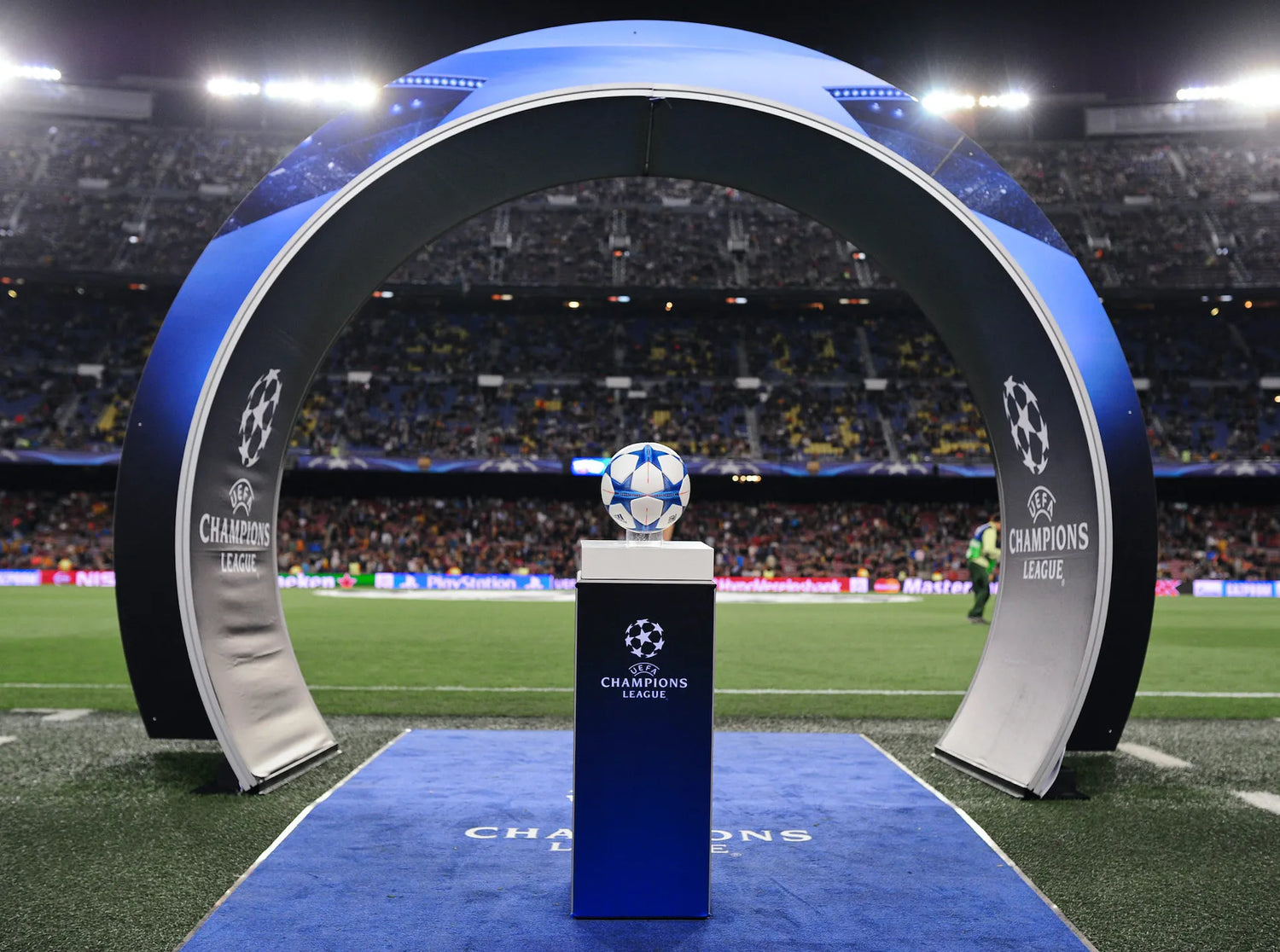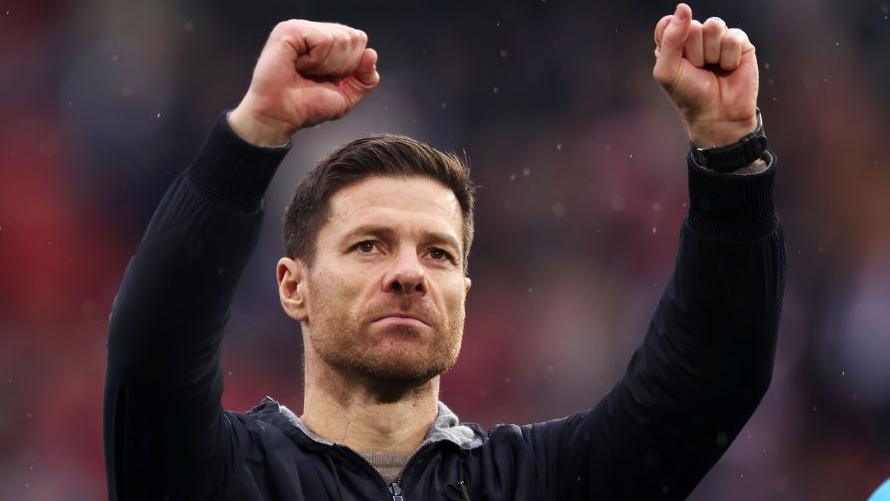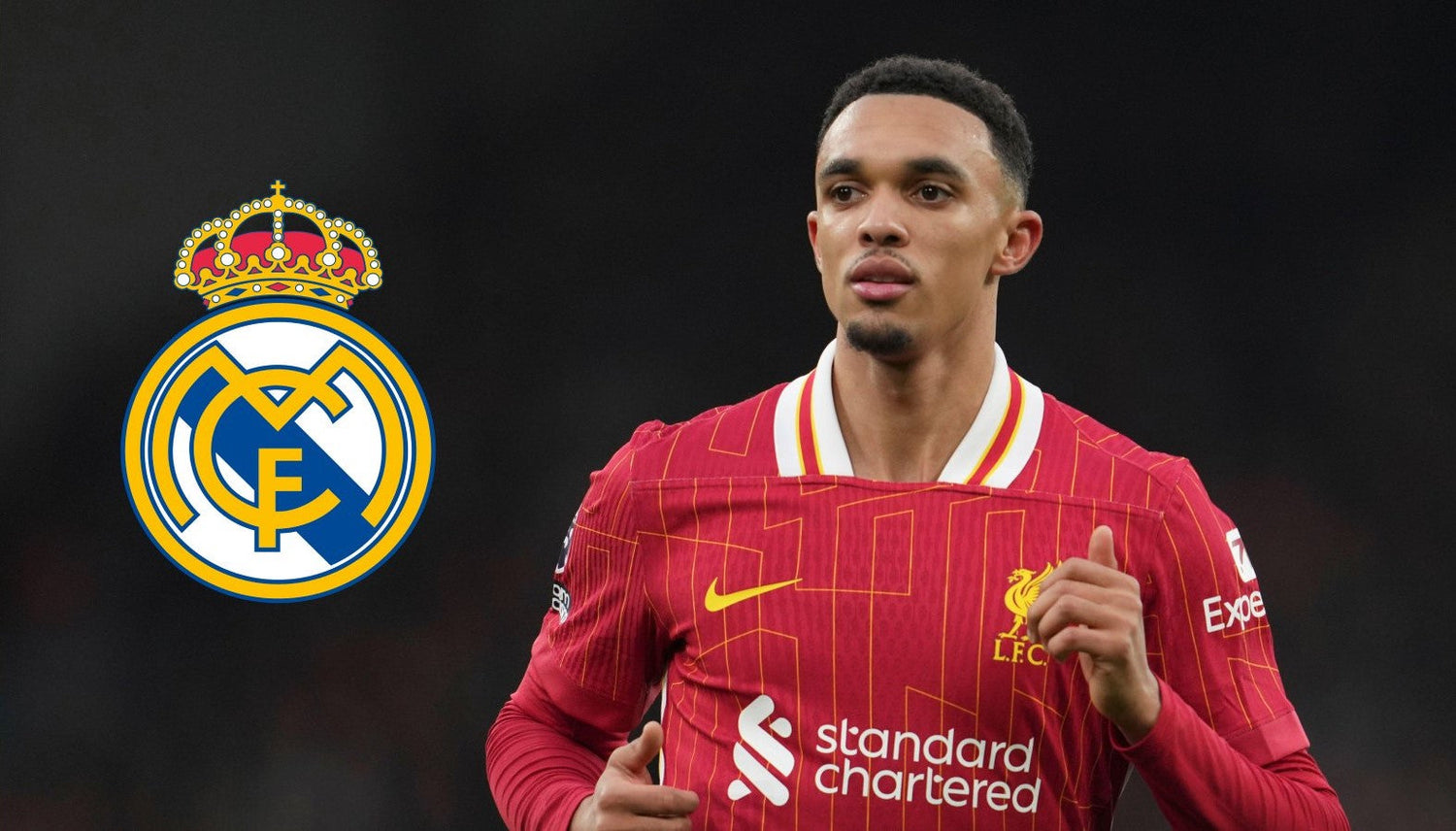The 1990s and 2000s marked football’s most experimental era when it came to kit design. Shirt manufacturers, emboldened by new technologies and global broadcasting, began pushing boundaries in ways that were bold, divisive, and unforgettable. Some trends became timeless, others faded quickly, but together they defined an era of retro culture that fans still look back on with fascination.
Oversized Fits
Perhaps the most obvious style marker of the 90s was the oversized fit. Shirts hung loose on players like Rui Costa and Zidane, flowing far below the waistline. For fans, this created a natural crossover into casual wear, football shirts became everyday clothing rather than just matchday uniforms. The bagginess, once criticised, now feels like a precursor to the blokecore movement and retro streetwear trends we see today.
Crazy Geometric Patterns
If there’s one visual hallmark of 90s football shirts, it’s the wild geometric graphics. Designers weren’t afraid to fill shirts with zig-zags, diamond grids, and psychedelic textures. Arsenal’s infamous “bruised banana” away kit is the perfect example, mocked at the time but later reappraised as a cult classic. Mexico’s 1998 Aztec-inspired design is another: a shirt that blended football with national heritage in a striking, unforgettable way.
Lace-Up Collars
Amid the futuristic experiments, some designers looked backward for inspiration. Lace-up collars made a brief but stylish comeback, a nod to football’s earliest shirts from the 1920s and 30s. Fiorentina’s 1998–99 home shirt is the standout example, combining the romanticism of the past with the vibrant purple aesthetic that made La Viola shirts so unique.
👉 Shop Blokecore Retro Shirts for Streetwear
Gradient Fades
As the millennium approached, colour gradients began to dominate kit design. Shirts faded from dark to light, or yellow into black, creating futuristic effects that felt tailor-made for television broadcasts. Borussia Dortmund’s 1997 yellow-to-black fade remains one of the most striking examples, cementing the fade as a short-lived but memorable trend.
Sponsor Dominance
Sponsors had existed for decades, but in the 90s and 2000s, they began to dominate kits entirely. Logos grew bigger and bolder, sometimes overpowering the shirt’s design. Clubs like Newcastle, with their oversized NTL logo, became defined by their sponsor just as much as their stripes. Looking back, these shirts capture the moment football shifted into its fully commercial era.
Long-Sleeve Popularity
Another defining trend of the era was the popularity of long-sleeved shirts. Stars like Thierry Henry and David Beckham frequently opted for sleeves pulled tight over their wrists, creating an elegant silhouette. Fans quickly followed suit, with long-sleeve replicas becoming collector favourites. Real Madrid’s 2002–03 kit is one of many that became iconic in long-sleeve form.
Experimental Fabrics
The late 90s and early 2000s were also an era of technological bravado. Manufacturers like Nike, Adidas, and Umbro introduced shimmering polyester finishes, textured mesh panels, and even vented side inserts. Inter Milan’s 1997 shirt is a perfect example, its glossy black-and-blue stripes made it feel more like futuristic streetwear than traditional sportswear.
Side Panels & Inserts
Another design experiment came in the form of bold side panels. Whether contrasting colours or tight-fitting inserts, they gave shirts a more tailored, athletic look. Italy’s Euro 2000 Kappa shirts are the prime example, ushering in a new era of skin-tight football kits that contrasted sharply with the oversized cuts of the previous decade.
All-Over Graphics
While many kits stuck with stripes or solid blocks, some went all-in on all-over patterns. Germany’s 1994 away kit is one of the most famous, with abstract green graphics covering the shirt like a piece of modern art. These designs were polarising, but they helped cement the 90s as football’s boldest design era.
Neon Colour Accents
Finally, no look back at this era would be complete without neon. Fluorescent orange, electric green, and shocking pink trims appeared everywhere, from collars to cuffs. Barcelona’s 1997 away kit, with its blinding orange base, is one of the most notorious. Under the floodlights, these neon kits glowed like nothing else, a reminder that the 90s and 2000s were never afraid of being loud.
👉 Shop Retro Vintage Football Shirts for Streetwear
The 90s and 2000s were decades of unapologetic creativity in kit design. Oversized fits, crazy patterns, and neon excess gave fans shirts that doubled as fashion statements. Some trends have returned in today’s retro-inspired drops, while others remain quirky reminders of football’s boldest fashion era.
💬 Which of these forgotten trends would you want to see return, lace-up collars, oversized fits, or neon madness?





